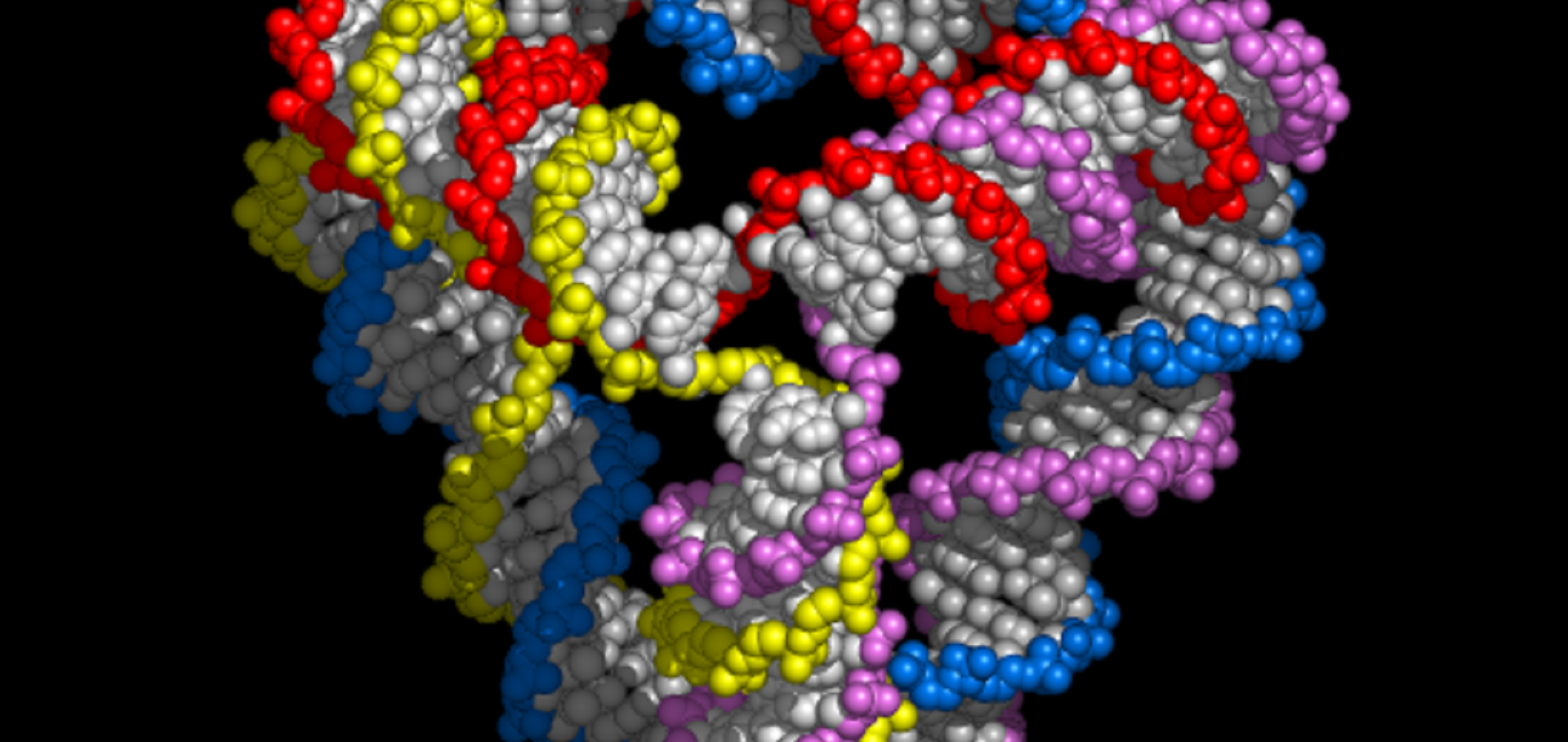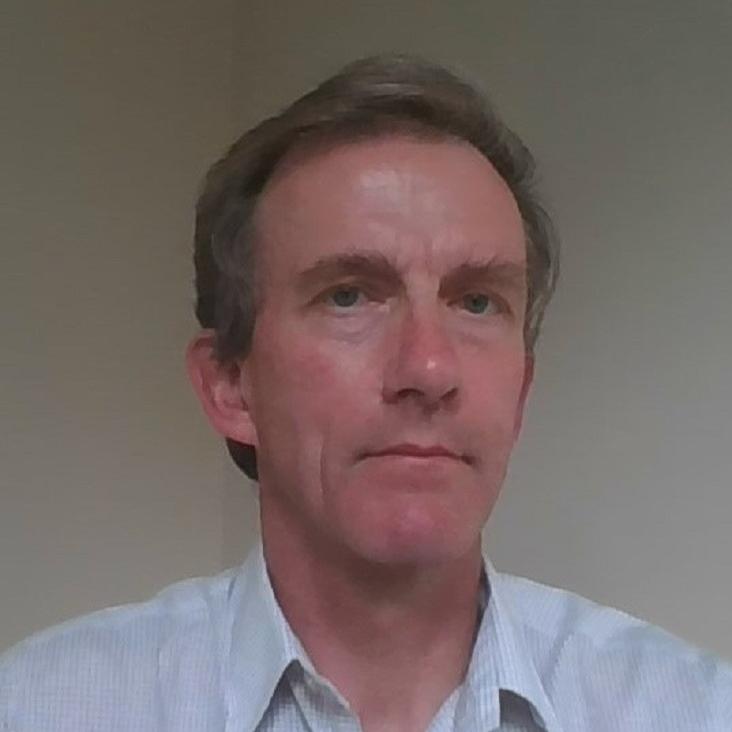Three-dimensional optical lithography for photonic microstructures
Advanced Materials 18 (2006) 1557-1560
Commensurate waveguide structures within 3-D holographically-defined photonic crystals
ABSTR PAP AM CHEM S 231 (2006) U31-U31
Accuracy of Single Quantum Dot Registration using Cryogenic Laser Photolithography
Institute of Electrical and Electronics Engineers (IEEE) 2 (2006) 723-726
Design of autonomous DNA cellular automata
LECT NOTES COMPUT SC 3892 (2006) 399-416
Abstract:
Recent experimental progress in DNA lattice construction, DNA robotics, and DNA computing provides the basis for designing DNA cellular computing devices, i.e. autonomous nano-mechanical DNA computing devices embedded in DNA lattices. Once assembled, DNA cellular computing devices can serve as reusable, compact computing devices that perform (universal) computation, and programmable robotics devices that demonstrate complex motion. As a prototype of such devices, we recently reported the design of an Autonomous DNA Turing Machine, which is capable of universal sequential computation, and universal translational motion, i.e. the motion of the head of a single tape universal mechanical Turing machine. In this paper, we describe the design of an Autonomous DNA Cellular Automaton (ADCA), which can perform parallel universal computation by mimicking a one-dimensional (1D) universal cellular automaton. In the computation process, this device, embedded in a 1D DNA lattice, also demonstrates well coordinated parallel motion. The key technical innovation here is a molecular mechanism that synchronizes pipelined "molecular reaction waves" along a 1D track, and in doing so, realizes parallel computation. We first describe the design of ADCA on an abstract level, and then present detailed DNA sequence level implementation using commercially available protein enzymes. We also discuss how to extend the ID design to 2D.Device fabrication in high-index 3D photonic crystals
(2006) 259-259


